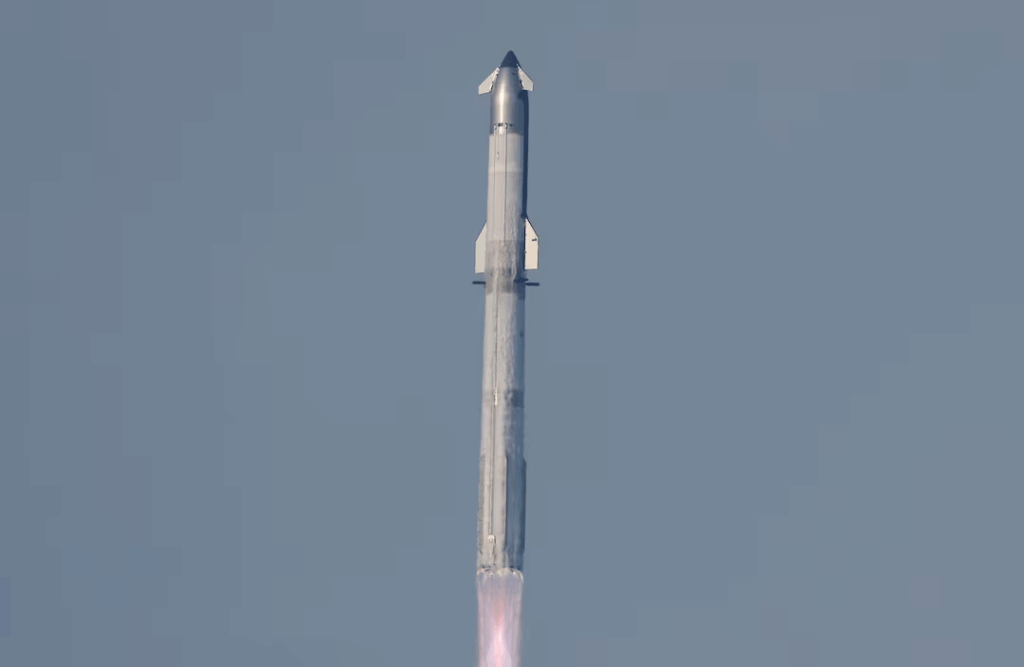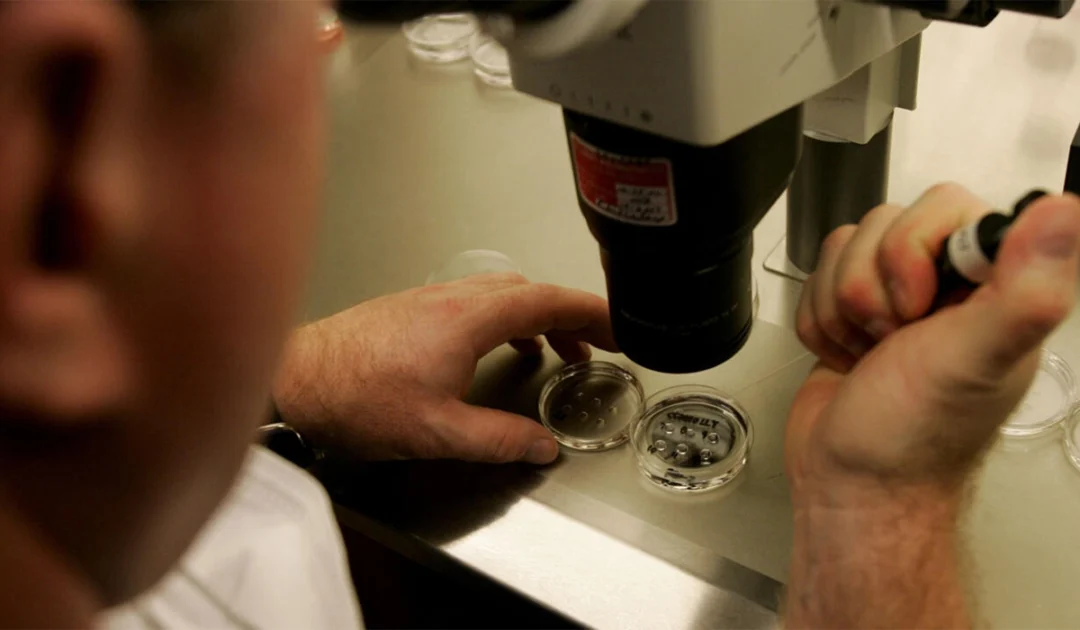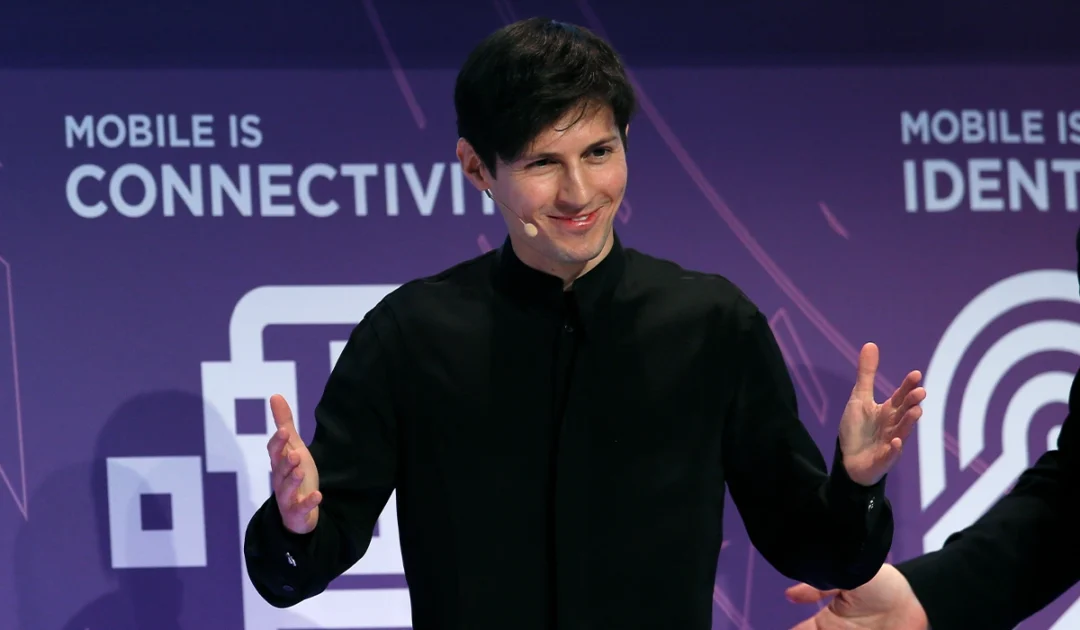
SpaceX Starship launched on ninth test flight after last two blew up
-
- Reuters
- May 28, 2025

STARBASE: Starship, the futuristic SpaceX rocket vehicle on which Elon Musk’s ambitions for multiplanetary travel are riding, roared into space from Texas on Tuesday on its ninth uncrewed test launch, flying farther than the last two attempts that ended in explosive failure.
The two-stage spacecraft, consisting of the Starship vessel mounted atop a towering SpaceX Super Heavy rocket booster, blasted off at about 7:36 pm local time, from the company’s Starbase launch site on the Gulf Coast of Texas near Brownsville.
Read more: SpaceX, ULA, Blue Origin clinch $13.5 billion-dollar Pentagon launch contracts
A live SpaceX webcast of the liftoff showed the rocketship rising from the launch tower into the early evening sky as the Super Heavy’s cluster of powerful Raptor engines thundered to life in a ball of flame and billowing clouds of exhaust and water vapour.
SpaceX launched the Starship system with a previously flown Super Heavy booster for the first time, aiming to achieve a key demonstration of its reusability.
As expected, the 232-foot first-stage rocket separated from the upper-stage Starship vehicle several minutes after launch and headed back toward Earth.
But SpaceX controllers lost contact with the booster during its descent before it presumably plunged into the sea instead of making the controlled splashdown the company planned.
The upper-stage Starship vehicle continued to climb to space, reaching its planned suborbital trajectory about nine minutes into the flight.
In one test-flight mishap, Starship’s payload doors failed to open in order to release a group of simulated satellites.
Plans called for Starship to complete its experimental flight of less than 90 minutes with a controlled descent and splashdown in the Indian Ocean.
But about a half-hour after launch, SpaceX said its flight team had lost attitude control over Starship, leaving the vehicle in a spin as it continued to head for atmospheric re-entry.
“We will not be aligned as we wanted it to be aligned for re-entry,” a SpaceX commentator said during the livestream. “Our chances of making it all the way down are pretty slim.”
Federal regulators granted SpaceX a license for Starship’s latest flight attempt just four days ago, capping a mishap investigation that had grounded Starship for nearly two months.
Its last two test flights – in January and March – were cut short moments after liftoff as the vehicle blew to pieces on its ascent, raining debris over parts of the Caribbean and disrupting scores of commercial airline flights in the region.
The Federal Aviation Administration expanded debris hazard zones around the ascent path for Tuesday’s launch.
The previous back-to-back failures occurred in early test-flight phases that SpaceX had easily achieved before, dealing a striking setback to a programme that Musk, the billionaire entrepreneur who founded the rocket company in 2002, had sought to accelerate this year.
Musk, the world’s wealthiest individual and a key supporter of US President Donald Trump, was especially eager for a success after vowing in recent days to refocus his attention on his various business ventures, including SpaceX, following a tumultuous foray into national politics and his attempts at cutting government bureaucracy.
Musk is counting on Starship to fulfill his goal of producing a large, multipurpose next-generation spacecraft capable of sending people and cargo to the moon later this decade and ultimately flying to Mars.
Closer to home, Musk also sees the 400-foot-tall Starship as eventually replacing the SpaceX Falcon 9 rocket as the workhorse in the company’s commercial launch business, which already lofts most of the world’s satellites and other payloads to low-Earth orbit.
Musk was scheduled to deliver an update on his space exploration ambitions in a speech from Starbase following the test flight, to be livestreamed under the banner slogan “The Road to Making Life Multiplanetary.”
He was expected to offer new timelines and development plans for sending cargo and potentially astronauts aboard Starship on voyages to Mars, a tantalising but still-distant destination for human spaceflight that poses major technical hurdles for SpaceX and NASA.
The speech could also offer clues about the trajectory of NASA’s human spaceflight strategy. While Musk has been known to make overly ambitious projections about SpaceX’s development timelines, he has since amassed significantly more sway over the Trump administration’s space agenda.
Picked by NASA in 2021 as the vehicle to return humans to the moon’s surface this decade for the first time in more than 50 years, Starship is expected to play an even bigger role in the US space programme. Trump attended a Starship test launch in November and has publicly promoted Musk’s Mars vision.
Read more: NASA astronauts head home on SpaceX capsule after drawn-out ISS stay
Musk and SpaceX remain influential over US space policy despite his recent shift away from government and signals to cut political spending.






